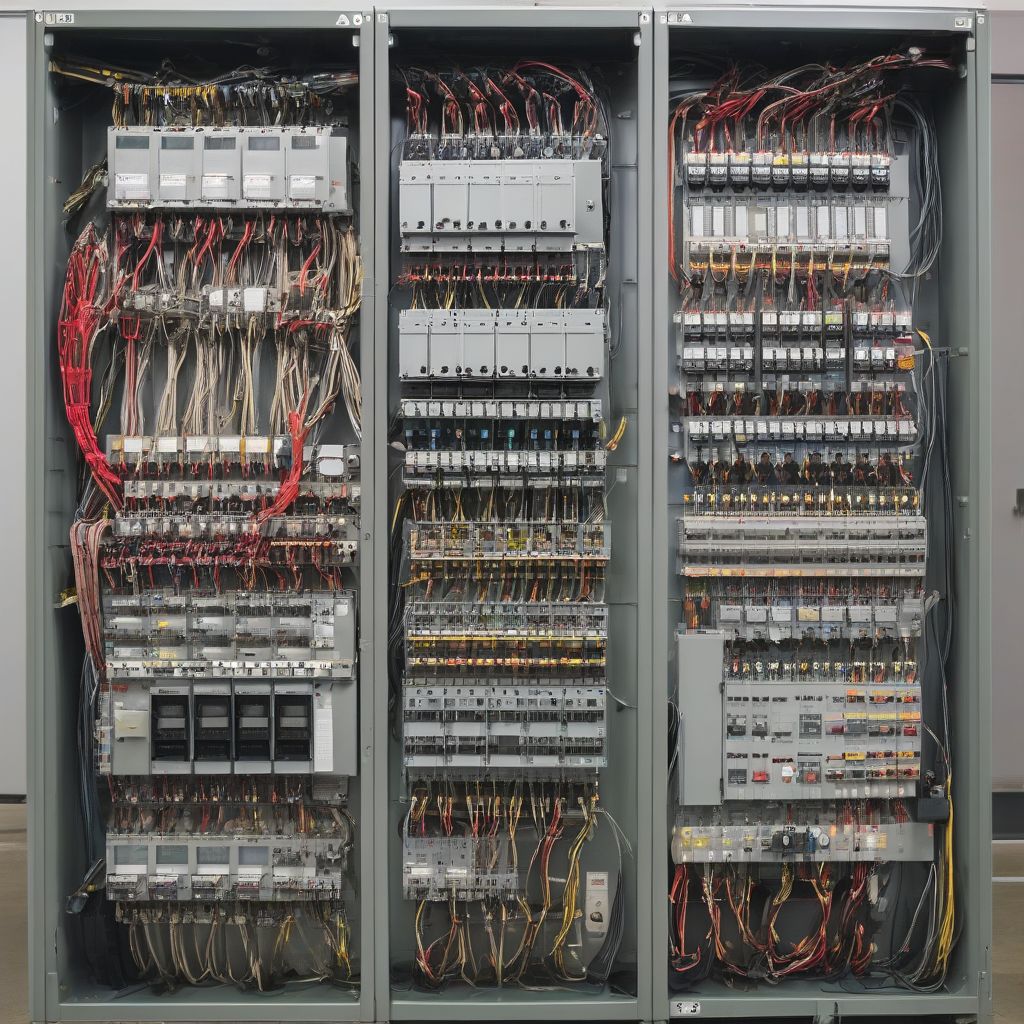The cost of electricity is a significant operating expense for most businesses. Understanding how Commercial Electricity Rates work is crucial for businesses to manage their energy costs effectively. This comprehensive guide delves into the complexities of commercial electricity rates, providing valuable insights to help you make informed decisions about your energy consumption.
What are Commercial Electricity Rates?
Commercial electricity rates refer to the prices businesses pay for their electricity usage. Unlike residential rates, which are often straightforward, commercial rates can be complex and vary significantly depending on several factors. Understanding these factors is essential for businesses to optimize their energy consumption and reduce their electricity bills.
Factors Affecting Commercial Electricity Rates
Several factors contribute to the fluctuation of commercial electricity rates. These include:
1. Location, Location, Location
Electricity rates can differ substantially depending on your geographic location. Factors like proximity to power plants, transmission and distribution infrastructure, and local regulations influence the cost of delivering electricity to your business.
2. Demand and Time of Use
Just like rush hour traffic, electricity demand peaks at certain times of the day. Commercial electricity rates are often structured with higher prices during these peak demand periods, typically during weekdays when businesses are operating at full capacity.
3. Energy Consumption (kWh)
The amount of electricity your business consumes directly impacts your bill. Higher consumption generally leads to higher costs.
4. Demand Charges (kW)
In addition to energy consumption (kWh), many commercial electricity rates include demand charges based on the maximum amount of power (kW) your business uses simultaneously during a specific period. This peak demand often sets the capacity charges you pay, even if you only hit that peak for a short time.
5. Power Factor
Power factor measures how efficiently your business uses electricity. A low power factor means more power is wasted, potentially leading to higher electricity rates.
6. Contract Length and Type
Commercial electricity contracts can range from fixed-rate plans that offer price stability for a set duration to variable-rate plans where prices fluctuate with market conditions.
Common Commercial Electricity Rate Structures
Understanding different rate structures can help businesses select the most cost-effective option. Here are some common commercial electricity rate structures:
1. Flat Rate
A flat rate structure charges a fixed price per kilowatt-hour (kWh) of electricity used, regardless of the time of day or day of the week.
2. Time-of-Use (TOU) Rates
TOU rates encourage energy efficiency by charging different prices for electricity depending on the time of day. Peak hours, usually during weekdays, have higher rates, while off-peak hours, such as nights and weekends, have lower rates.
3. Peak Demand Rates
Peak demand rates include a charge based on the highest amount of electricity used during any given interval, usually 15 minutes, during the billing period.
4. Tiered Rates
Tiered rate structures charge different prices per kWh depending on the total electricity consumption. For instance, a lower rate might apply to the first block of kWh used, and a higher rate applies to usage beyond that threshold.
Decoding Your Commercial Electricity Bill
Navigating your commercial electricity bill can be daunting. Understanding the key components can help you identify potential savings opportunities. Your bill should include:
- Account Information: Your business name, account number, and service address.
- Billing Period: The dates covered by the bill.
- Meter Readings: Your current and previous meter readings, showing your electricity usage for the billing cycle.
- Energy Consumption (kWh): The total kilowatt-hours of electricity used.
- Demand (kW): If applicable, your peak demand during the billing cycle.
- Rate Class: The specific rate structure applied to your account.
- Charges: A breakdown of charges, including energy charges, demand charges, and any additional fees.
Tips for Lowering Commercial Electricity Costs
- Conduct an Energy Audit: Identify energy-wasting areas and potential efficiency improvements.
- Upgrade to Energy-Efficient Equipment: Invest in energy-efficient lighting, HVAC systems, and appliances.
- Implement Energy-Saving Practices: Encourage employees to turn off lights, computers, and other electronics when not in use.
- Utilize Natural Light: Maximize natural light to reduce reliance on artificial lighting.
- Optimize HVAC Usage: Implement programmable thermostats and regular maintenance to ensure efficient heating and cooling.
- Explore Renewable Energy Options: Consider installing solar panels or purchasing renewable energy credits to offset your energy consumption.
Conclusion
Commercial electricity rates can significantly impact your business’s bottom line. By understanding the factors influencing these rates and exploring different rate structures, businesses can make informed decisions to optimize their energy consumption and reduce their overall electricity costs. Implementing energy-saving measures and staying informed about industry trends can lead to long-term savings and contribute to a more sustainable future.

